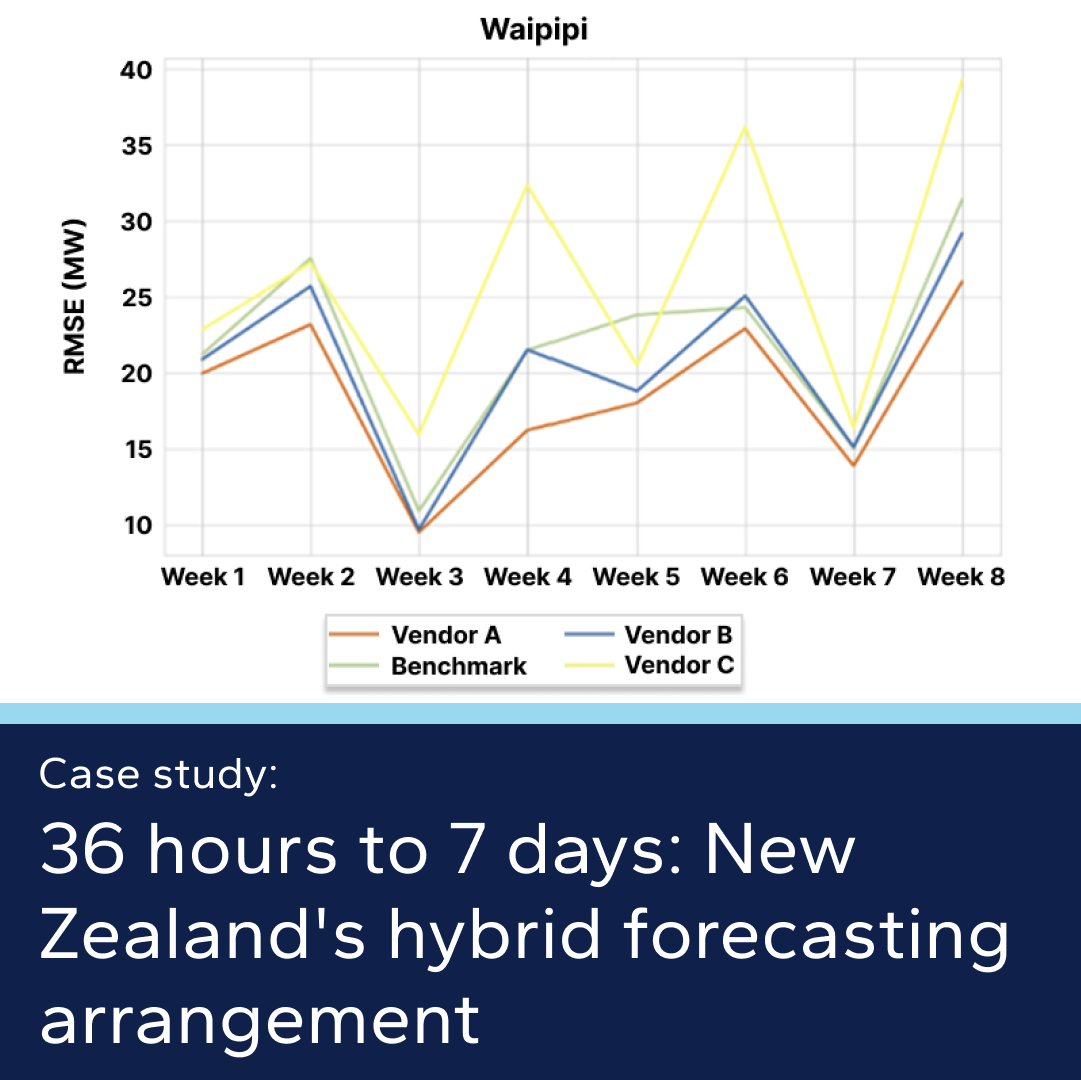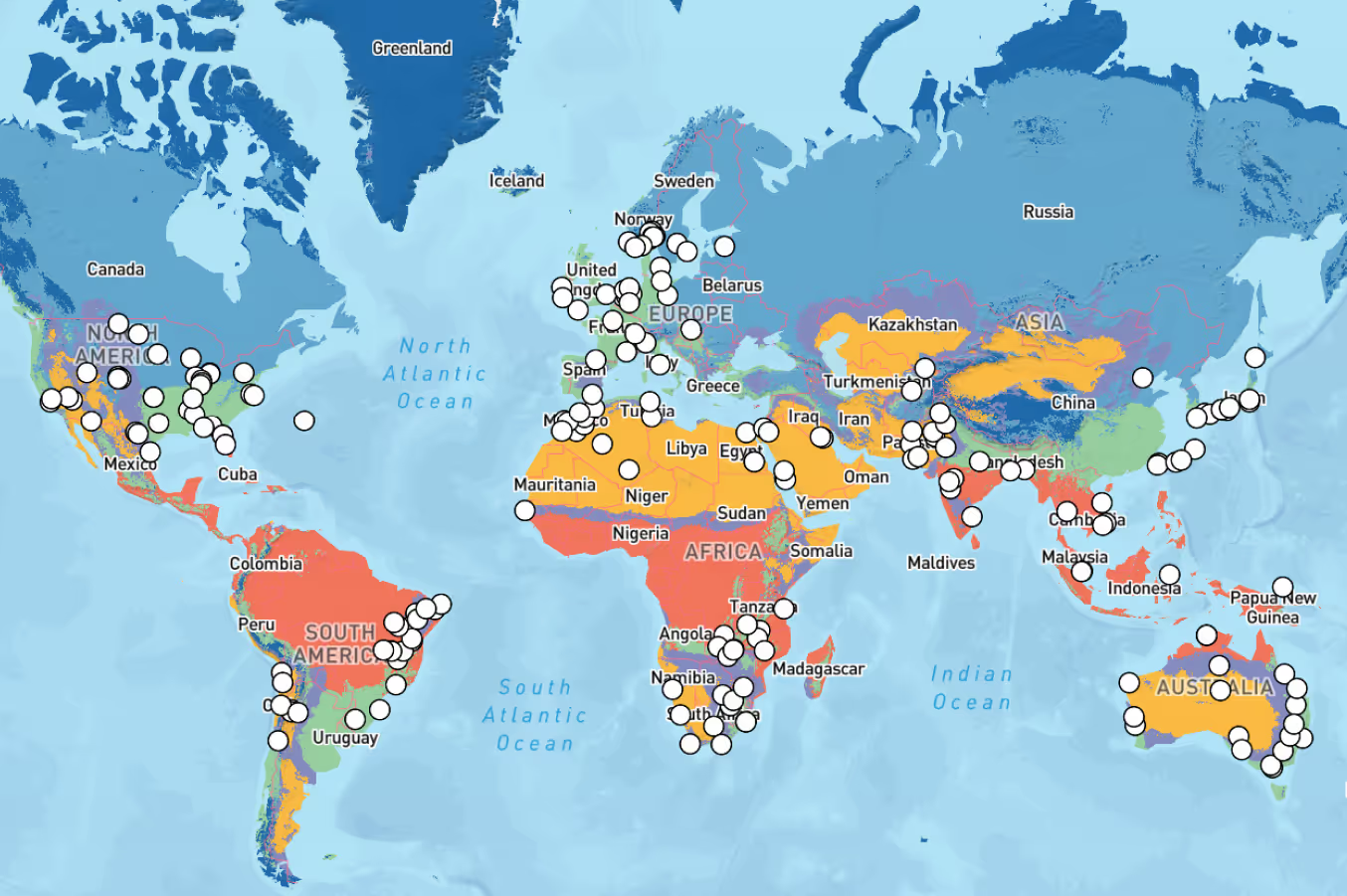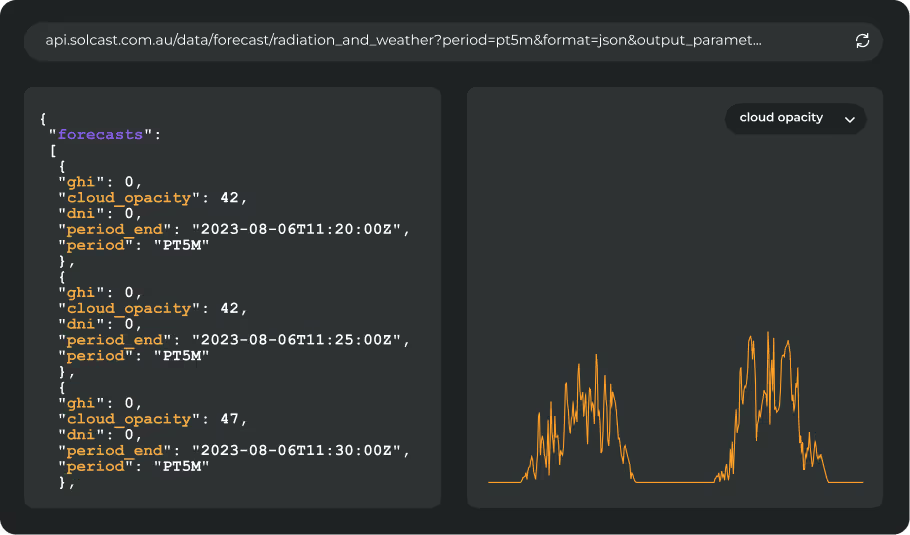Latest
Filters
Latest

Solar Analysis
La Niña Ridge drives December solar gains across U.S. Southwest
December irradiance anomalies followed a classic La Niña setup, with a ridge over the Southwest driving strong solar gains and deficits across northern regions.
Solar Analysis

Customer Stories
How a hybrid forecasting arrangement in New Zealand aims to improve the accuracy of variable generation forecasts
Analysis by the Electricity Authority revealed forecast errors were affecting spot prices by up to $273 million annually. After examining global approaches, they implemented a hybrid forecasting arrangement - and selected DNV as the centralised forecast provider following an 8-week competitive trial.
Customer Stories

Solar Analysis
Early solar forecast: First half 2026 solar outlook
Forecasts for early 2026 point to a mixed solar outlook. While Australia and eastern China are likely to experience above-average irradiance, Europe and parts of the Americas may see below-average conditions early in the year.
Solar Analysis

Solar Analysis
Tracks of low-pressure systems split Europe’s solar performance in November
Solar generation potential across Europe showed a clear east-west divide in November, driven by persistent low-pressure systems affecting eastern regions.
Solar Analysis
.png)
Insights
TGYs or TDYs? TMY uncertainty and how time series can be simpler
TMY variants - there's no universal right choice. This guide explains what they are, why selection introduces uncertainty, and how non-specialists can transition to time series data for more reliable yield estimates.
Insights

Product Updates
Modelling PV soiling with PM2.5 and PM10: New parameters in the Solcast API
Solcast has introduced new parameters for PM2.5 and PM10 particulate matter concentrations in its API to improve the accuracy of photovoltaic (PV) soiling loss modelling globally. This integration supports data-driven soiling analysis by combining particulate data with irradiance and weather information for better energy yield predictions.
Product Updates
.png)
Solar Analysis
Solar surge in Northern India as Cyclone Ditwah cuts irradiance in the south and Sri Lanka
India saw contrasting solar conditions in November, with strong irradiance in the north and Cyclone Ditwah reducing solar generation across the south and Sri Lanka.
Solar Analysis
.png)
Customer Stories
How EcoFlow empowers home battery owners with live solar forecasts
Ecoflow supports its home solar and storage customers, through an app that helps homeowners understand their energy use and how they use their own solar power. To support this, the EcoFlow product team have integrated high-quality, global solar forecasts using the Solcast API - making tomorrow’s solar production visible, actionable, and reliable - now one of their apps most used features.
Customer Stories

Solar Analysis
Atmospheric river cuts irradiance across Western North America
Persistent fog, cloud cover and heavy rainfall reduced irradiance across western North America, with Central Valley Tule fog driving anomalies as low as 40% below average.
Solar Analysis

Insights
A practical guide to improving utility-scale & rooftop forecasts with site measurements
Discover key insights from Solcast on how site measurements and fine-tuned models can make your PV forecasts more accurate and reliable.
Insights









.avif)





